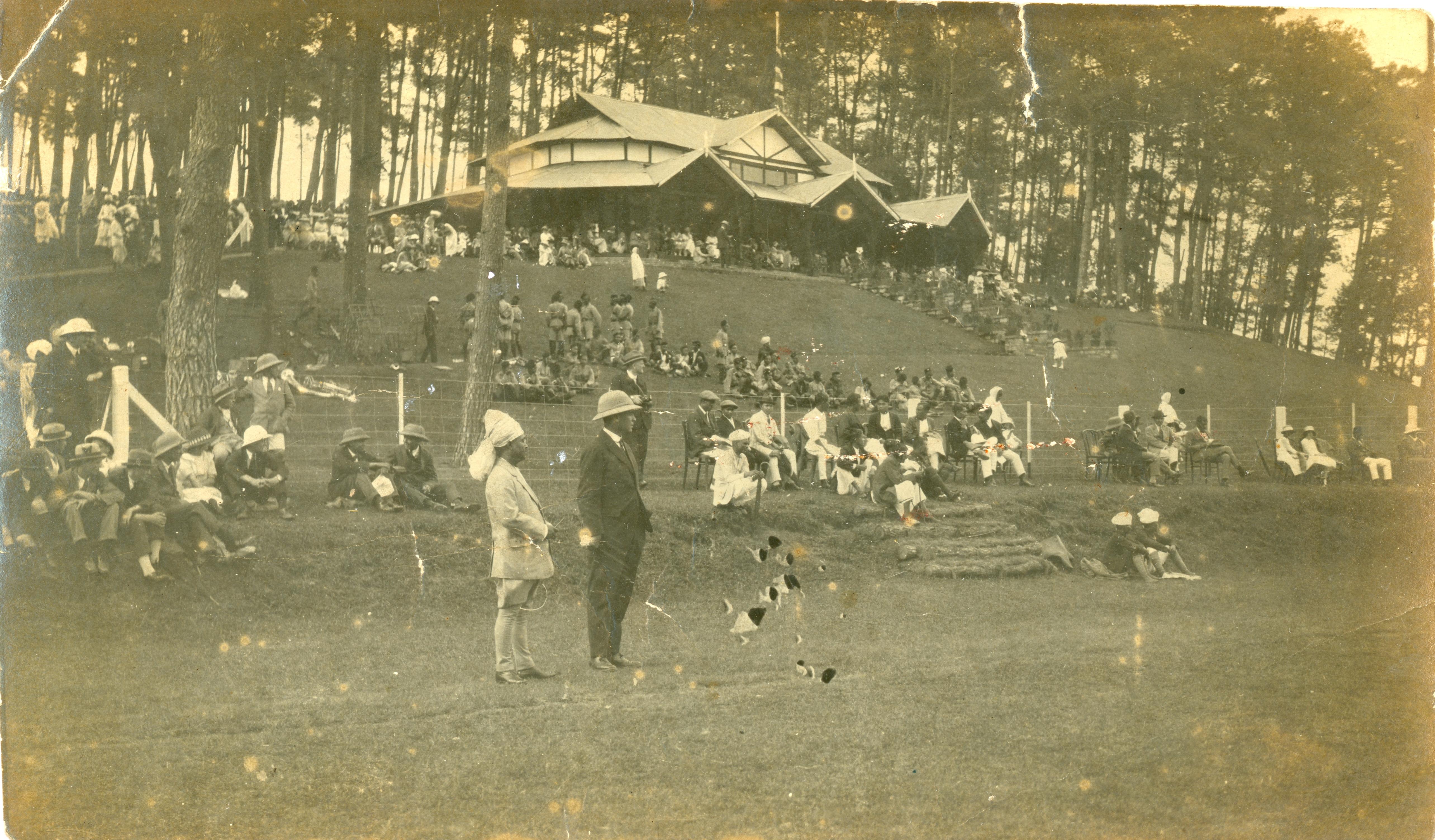Legacy Threads: Reading History through the NE India AV Archive
How does the archive allow for a restructuring of the personal historical subject over ethnographic representation? Underlining the socio-cultural importance of agency in restructuring narratives of North-East Indian heritage, Legacy Threads, a group exhibition presented by the Northeast India AV Archive makes a powerful statement on the making and viewing of media. Curated by D. Junisha Khongwir, the exhibition ran from 6 to 10 March 2024 in Shillong, Meghalaya. Weaving together a story told through family photographs and community archives, the collaborative initiative spotlights the vibrant history of the diverse communities based in the region. In a conversation with the author, Khongwir explained, “By bringing together a collection of photographs, video and audio presentations, letters, documents, artefacts and stories, the exhibition provides a nuanced glimpse into the familial, social and cultural dimensions of the communities that call Northeast India home.”
The archive was set up in 2019 at the Department of Mass Media, St. Anthony’s College, Shillong, with the purpose of preserving the rich audio-visual heritage of the region, a majority of which has its roots in oral history traditions. An open-source media archive, they aimed to underline the significant efforts made over decades by scientists, scholars, artists and cultural commentators studying the region, their language, culture, community-focused stories and more. What makes the archive a true collaborative initiative, however, is the effort taken towards the archival collection, and an open invitation to communities from the region to contribute. Due to its significant efforts in creating a community-oriented public archive, the NE India AV Archive has garnered interest not only from within the region but also from the mainland and overseas.
Legacy Threads fits well within the archive’s mandate to go beyond its existing collection to actively showcase why documenting the past matters. Politicising the personal, the exhibition touched upon intimate familial histories while building community-led experiences. Even if the visual cues are crucial, there is a particular emphasis on oral narratives that often get overlooked in archival research. Oral history is especially important for the North-East Indian region, given the immense wealth of knowledge that was mostly passed down within families through spoken word and mythical folktales. The exhibition thus showcased artistic interventions by Ishi Place, Northeast Lightbox, The Confluence Collective, Highland Group’s This is Lamka project, TakeOne Production House and Nar Bahadur Bhandari Government College, Sikkim alongside collections displayed by the Northeast India AV Archive.
The curatorial focus touched upon the interconnectedness of individual stories and the distinct nature of a collective past. While one may think of Susan Sontag on the camera’s predatory nature in transforming “history into spectacle” in the outsider’s gaze with reference to the exhibition’s North-East Indian cultural milieu, the powerful statement in taking control of one’s narrative through artefacts both aural and visual shines like a beacon of hope for more visibility of the region’s intricate legacy. This album presents selected works that were a part of the Legacy Threads exhibition.
All images courtesy of Junisha Khongwir and the Northeast India AV Archive.
To learn more about the work of such archives, read Veeranganakumari Solanki's essay on The Confluence Collective and Ankan Kazi's reflections on a panel organised by Asia Art Archive titled Archives as a Site of Collective Meaning-Making, which featured the Northeast Lightbox.
Click on the image to view the album





